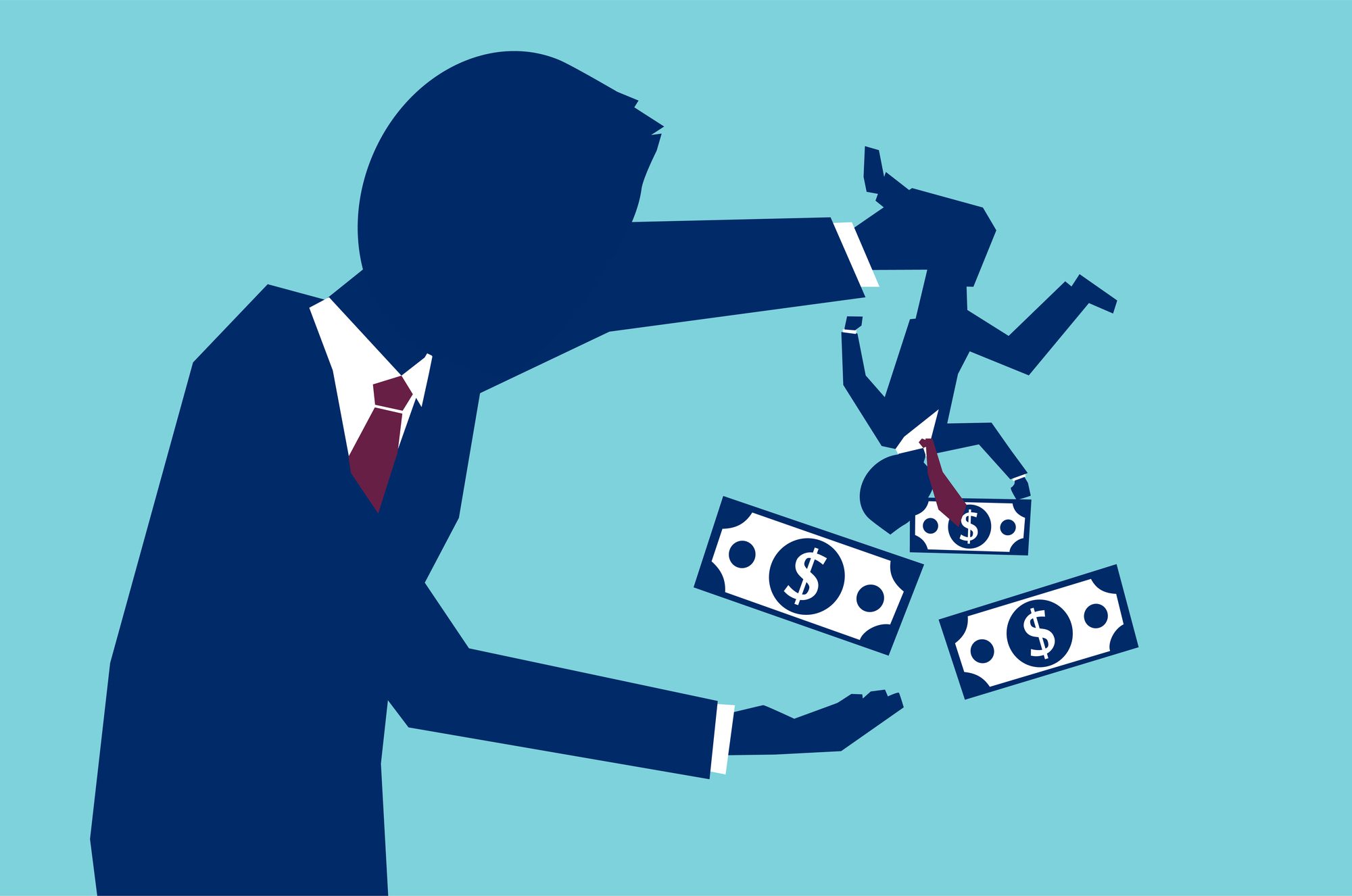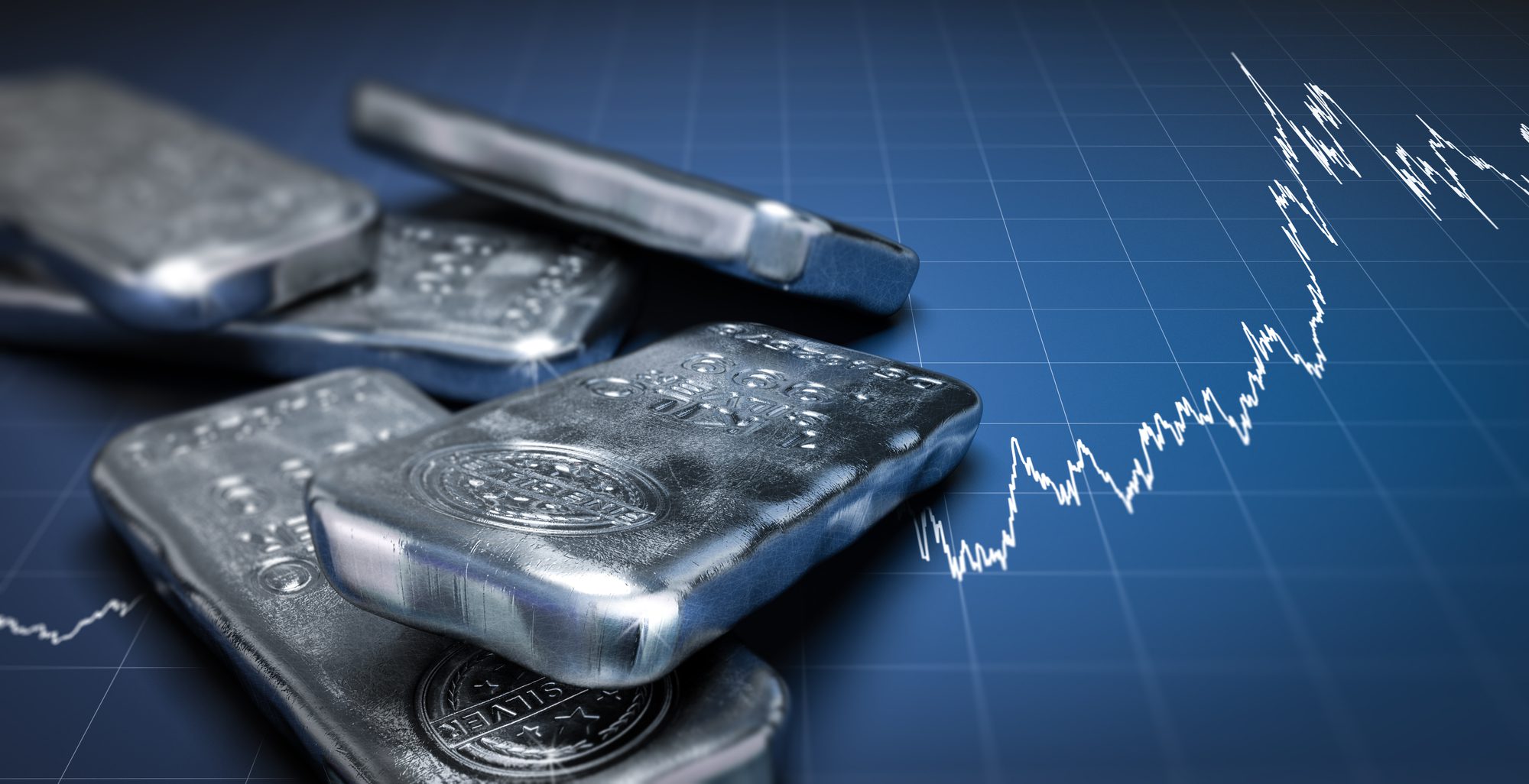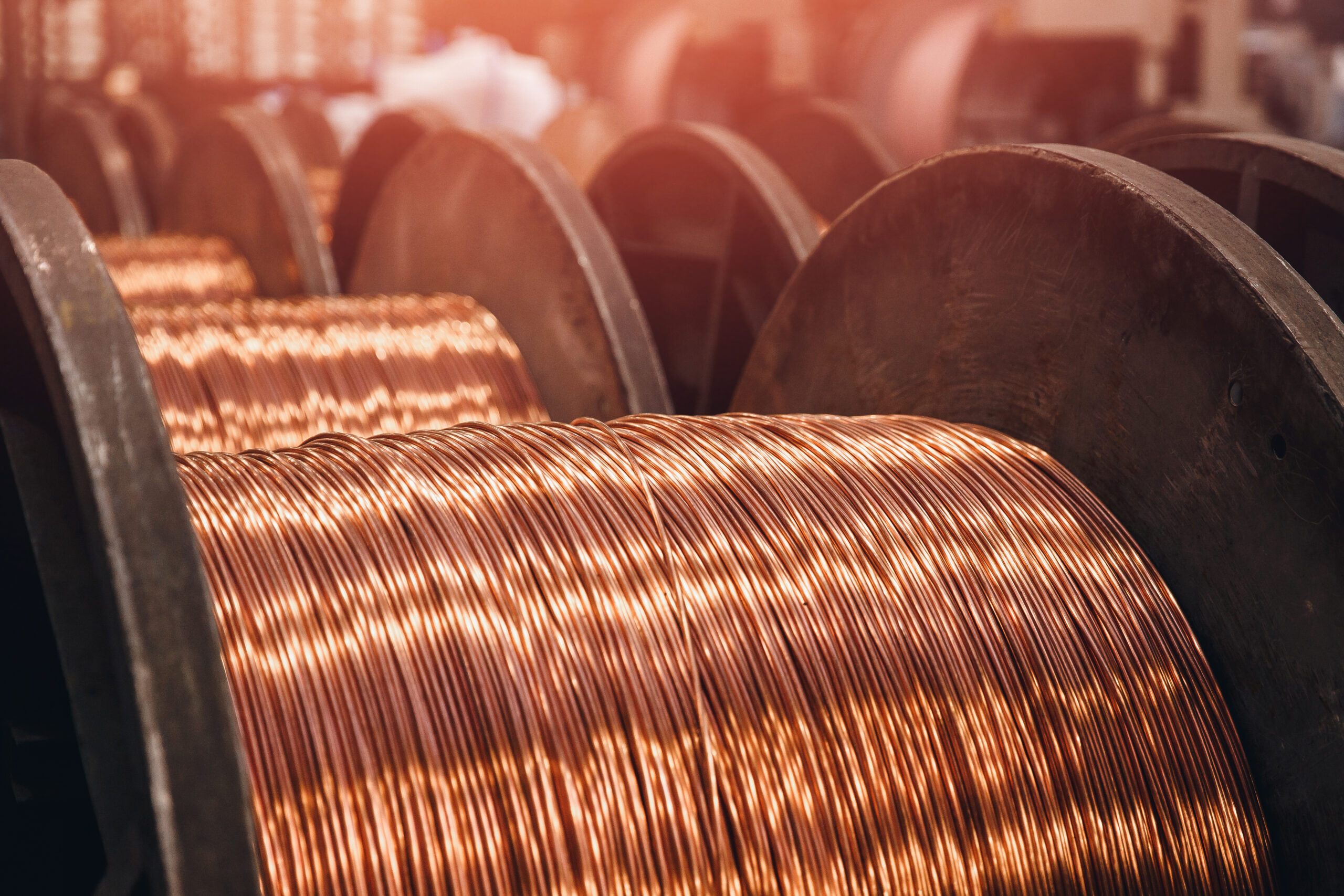This is the final installment in the two-part series investigating America’s reckless fiscal and monetary policy that pushed the nation into the gravest debt trap in history. If you missed the first one, go here.
Today we’ll look into how the elite massaged Congress to keep spending into debt to pull fortune-making schemes and how they will monetize this debt using your tax dollars.
Last week, we discussed how our leaders force-fed the economy with tens of trillions in debt.
Here’s a quick recap:
- America’s official federal debt hit just shy of US$30 trillion – factor in Social Security and Medicare obligations, and the debt exceeds a mind-boggling $100 trillion
- Consumer debt is at a record high of $15.6 trillion. And it’s growing at the fastest clip since 2003
- The Fed’s “whatever it takes” Covid policy put a record $11 trillion of debt on corporate balance sheets. Since 2020, the biggest increase in debt is with the most “uncreditworthy” companies, aka junk debt
The question is: was that all of that debt necessary?
Is there any logical explanation for foisting so much debt—and for so long—on a relatively healthy economy?
Especially when there was early evidence those dollars weren’t trickling down to the economy?
Let’s go back to where it all started to answer this question.
The Missed Opportunity
Once the dust settled after the housing collapse in 2008, we’ve had a very decent decade in all regards:
- From the mid toward the end of the decade, unemployment hovered at the lowest level since the 1960s
- Asset prices went through the roof—we witnessed the longest and most lucrative bull market in history
- Economic growth wasn’t record-breaking, but it was decent enough to keep the wheels turning
- And we scored the first decade without a recession since the 1850s!
Yet, for most of the last decade, the Fed kept interest rates at zero instead of jacking them back up.
So why didn’t policymakers use this opportunity to normalize monetary policy?
Because the elites behind think tanks and lobbyists—who argued “the economy wasn’t strong enough”—didn’t let them.
Remember when Jerome Powell took the Fed’s reins and was confident about giving the economy a monetary “cold shower”?
In his first year, he raised rates four times and pledged more despite the market’s reaction. His then-little sympathy for Wall Street scared investors, and stocks wound up just shy of a bear market*.
(*If you want to learn how to time the stock market, just read Ivan’s past Letter on the most accurate stock market indicator.”
Then, Powell was called on the carpet at Capitol Hill to “convey the Federal Reserve’s future intentions without upsetting financial markets,” and he suddenly backed down.
Via F.T.
“After putting traders on notice six weeks ago to expect further increases in U.S. interest rates in 2019, the Federal Reserve on Wednesday executed one of its sharpest U-turns in recent memory. Leaving rates unchanged at 2.25-2.5 per cent, Jay Powell, Fed chairman, unveiled new language that opened up the possibility that the next move could equally be down, instead of up. Forecasts from the Fed’s December meeting that another two rate rises are likely this year now appear to be history.”
It was such a big about-face it felt as if he’d had a stroke and lost all sense of self. Yet nothing had really happened in the economy that would have called for it (except that risk assets sold off).
While Powell came into power to normalize monetary policy, it didn’t take long before he was coerced into how things were done on Capitol Hill.
Think about it.
Is it plausible that the head of the world’s most powerful bank didn’t think things through before the hikes and had an “epiphany” at the same time stocks crashed?
He may be a puppet, but he’s not stupid…
Building Paper Fortunes
Why did the powers-that-be fear monetary normalization so much?
Because they knew their paper fortunes were built on cheap credit, and messing around with rates when the economy was so leveraged could have imploded them like a house of cards.
If you think I’m fear-mongering, consider how corporate America engineered the longest bull market in history using the Fed’s free money. I exposed this scheme last year in “The Biggest Dealer in the World”:
“After 2008, businesses borrowed a boatload of money for cheap. But instead of reinvesting most of it to CAPEX and new hires, they leveraged it to buy back their own stock – supporting and increasing their share price.
-
- From 2018 through 2019, companies in the S&P 500 spent more money on buybacks than on CAPEX (source)
- During 2018 (when economic confidence was at the peak and buybacks hit a record), real wages in the U.S. dropped 1.4% (source)
- And for most of the 2010s, corporate America gobbled up more stock than institutional, retail, and foreign investors combined!
This is how Corporate America builds fortunes for the elites – at the expense of higher wages and new hires. Even their smaller shareholders are left out because buyback programs can be masked by insider stock issuance programs that dilute them.”
Let that sink in.
In the last decade, America’s biggest corporations bought more stock than all investors combined.
That includes the mega whales: global institutional asset managers like Fidelity flipping a mind-bending $103.3 trillion in assets.
Instead of raising wages or reinvesting back in business to contribute to the economy, they plowed trillions of dollars back into their own stocks—all to artificially inflate their prices.
This is precisely why, over the last decade, despite market experts calling for a stock market crash, Ivan was calling for the stock market to continue its climb.
But here’s the kicker: half of these buybacks were funded through debt!
By the time the house of cards implodes, they’ll have flipped those assets for hefty profits.
Then they’ll buy them back at the lows – rinse and repeat…
On to Fiscal Waters
It was obvious Congress had let its hair down way too much with the budget over the last few years.
This is why I warned in the letter, “The Invisible Price Investors Pay for Trillions of Printed Dollars,” that this spending wouldn’t end well:
“Just look at America’s bills coming down the pipe:
-
- Cares Act passed in March 2020 — $2.2 trillion
- Paycheck Protection Program passed a month later — ~$500 billion
- Consolidated Appropriations Act signed into law last December — ~$1 trillion
- American Rescue Plan passed this past March — $1.9 trillion
- The bipartisan infrastructure bill just passed – $1 trillion
- And Biden’s most ambitious bill to fight climate change in the works —$3.5 trillion
The worst part is this bailout didn’t need nearly that much money. In fact, there’s a massive surplus of cash in the economy as a result.
Where?
For starters, in benefits for millions of jobless Americans who refuse to come back to work while employers are desperate for workers…
… record inflows of money into the stock market
… hundreds of billions spent on bogus NFTs and other speculative assets (e.g. a digital image of a Shiba Inu dog was recently sold for $4 million)
… and bank reserves filled up to the brink with cash.
It may be fun and games for now, but this excess cash isn’t a free lunch.”
Why did they not put a stop to the lavish spending when all the signs showed it was enough?
Well…why would they? It’s not their money…
Many in power stand to claim a juicy slice of those trillions of dollars. And they’ve got an army of highly paid lobbyists and think tanks to massage Congress into sending that money their way.
Do you think it’s a coincidence that the price paid for lobbying last year set a new record?
The lobbying industry had a record year in 2021, taking in $3.7 billion in revenue as companies, associations, and other organizations pressed Congress and the Biden administration over trillions of dollars in new pandemic spending and rules affecting health care, travel, tourism, and other industries.
This year, lobbyists are kicking into even higher gear.
In the first quarter, the industry disclosed a mind-boggling $1 billion in spending—the highest ever spent in a single quarter.
And this doesn’t include the payouts and royalties to those supporting more vaccines – since they aren’t ever made public.
Meanwhile, deficits keep growing…
Normalized Debt
We’ve had so many chances to normalize our budgets and policy. And if we’d only taken action a little sooner, maybe – just maybe – we could have gotten out of this trap at a much lower cost.
Yet here we are.
America has a combined ~$125 trillion in obligations, a crumbling economy, and the highest inflation since the ’70s—by the official, massaged figures (your personal inflation is likely much higher.)
As always, policymakers are coming up with all sorts of boogeymen excuses: supply chains, Covid, Russia…
But our problem is not the supply chains nor Russia – both of which, ironically, were created by policymakers.
The problem is that for over a decade, our leaders abused policy to make fortunes for themselves and their friends with no regard for what would come next. And why would they care? They’re not paying for it – you are.
So they fed the economy proverbial cocaine hits until it turned it into a debt junkie.
It was fun and games for a short while. But the high is wearing off, and now they are looking for a scapegoat to blame the looming hangover on.
What’s next?
They’ll keep shifting blame, pointing to things outside their control, like Russia and Covid. And they’ll keep tightening as a “necessary thing to do.”
And having outspent their tax revenue for two decades now, what will happen when higher rates make these debt obligations more expensive?
As Ivan precisely predicted back in 2020, they’ll keep spending and come up with all sorts of new taxes to fund it:
“Via WEF:
“The Great Reset agenda would have three main components.
The first would steer the market toward fairer outcomes.
To this end, governments should improve coordination (for example, in tax, regulatory, and fiscal policy), upgrade trade arrangements, and create the conditions for a “stakeholder economy.” At a time of diminishing tax bases and soaring public debt, governments have a powerful incentive to pursue such action.
Moreover, governments should implement long-overdue reforms that promote more equitable outcomes. Depending on the country, these may include changes to wealth taxes, the withdrawal of fossil-fuel subsidies, and new rules governing intellectual property, trade, and competition. “
In other words, it’s a global coordinated effort to raise taxes, get rid of fossil fuels, and share intellectual property.
Continued via WEF…
“The second component of a Great Reset agenda would ensure that investments advance shared goals, such as equality and sustainability.
Here, the large-scale spending programs that many governments are implementing represent a major opportunity for progress. The European Commission, for one, has unveiled plans for a €750 billion ($826 billion) recovery fund. The U.S., China, and Japan also have ambitious economic-stimulus plans.
Rather than using these funds, as well as investments from private entities and pension funds, to fill cracks in the old system, we should use them to create a new one that is more resilient, equitable, and sustainable in the long run.
This means, for example, building “green” urban infrastructure and creating incentives for industries to improve their track record on environmental, social, and governance (ESG) metrics.”
In short, the Great Reset will include massive government spending via higher taxes to usher in a new wave of “building green urban infrastructure.”
Ivan was right all along.
Last year, Biden passed the largest green energy bill in history.
And surprise, surprise, economists are now calling to “rationalize” more taxes to pay for this spending.
Via Mauldin Economics:
“We are going to rationalize all this: the debt, the entitlements, the other government spending, the overvalued assets, all of it. I believe part of the answer will involve rationalizing our tax system. I think we’ll have to supplement the income tax with a value-added tax. It will hurt, yes. But we as a country need to learn that government and its benefits aren’t free. If we want those services, we have to pay for them fairly and quickly, and stop passing the buck to future generations.”
And that’s the catch of deficit spending.
Policymakers dip into deficits to pass their agenda without making a fuss and angering voters, but then they raise taxes after the fact to fund all that spending.
Do you think they could have normalized such astronomic healthcare costs and let pharma earn billions of dollars if all those dollars came directly out of taxpayer pockets?
Not in a million years.
So, they tucked those costs under Medicare, Medicaid, and other obligations. Just look at Big Pharma’s profits from the COVID vaccines alone – free to you now, but in reality, paid for by your debt and future tax dollars. All while interest rates are rising…
The same goes for green energy.
Will federal revenues be enough to fund Biden’s green agenda? Not a chance. This means the U.S. will borrow and increase taxes to fund them.
But what are you going to do about it? Vote them out?
By the time the masses realize the real cost of this debt trap, those who played a part will be out of office—enjoying their lush retirement funded by deficits you’ll still be paying for.
They’re becoming richer, while you’re becoming poorer.
This was the biggest trap in history and you will pay for it.
And if you want to know who set the trap, one simply needs to ask: who stands to benefit the most?
The one who collects the interest on the majority of this debt…
The Federal Reserve.
Seek the truth and be prepared,
Carlise Kane













The FED pays most of the interest back to the treasury.
While this is somewhat true, the FED also has billons in expenses that it does not transfer back to the treasury. Meaning tax payers are still fitting the bill for all of this spending. The debt, however, is owed to the FED – no matter what financial engineering or words they use to appease the public, this debt is still debt owed by the taxpayers. And when the FED controls interest rates and the money supply, they have full control of the economy. Let’s not forget, is is “they” who sets inflation targeting.
Blah blah blah so whats next and what can we expect going forward now ? Will green energy be the next big thing ? where should we be positioning in the new normal ? As investors we need to stay ahead of the curve and not behind it !
Very good question.
Actionable intelligence is what we pogues need.
I see gold & green energy as the places to invest going forward
fascinating write up but just where is all this leading?